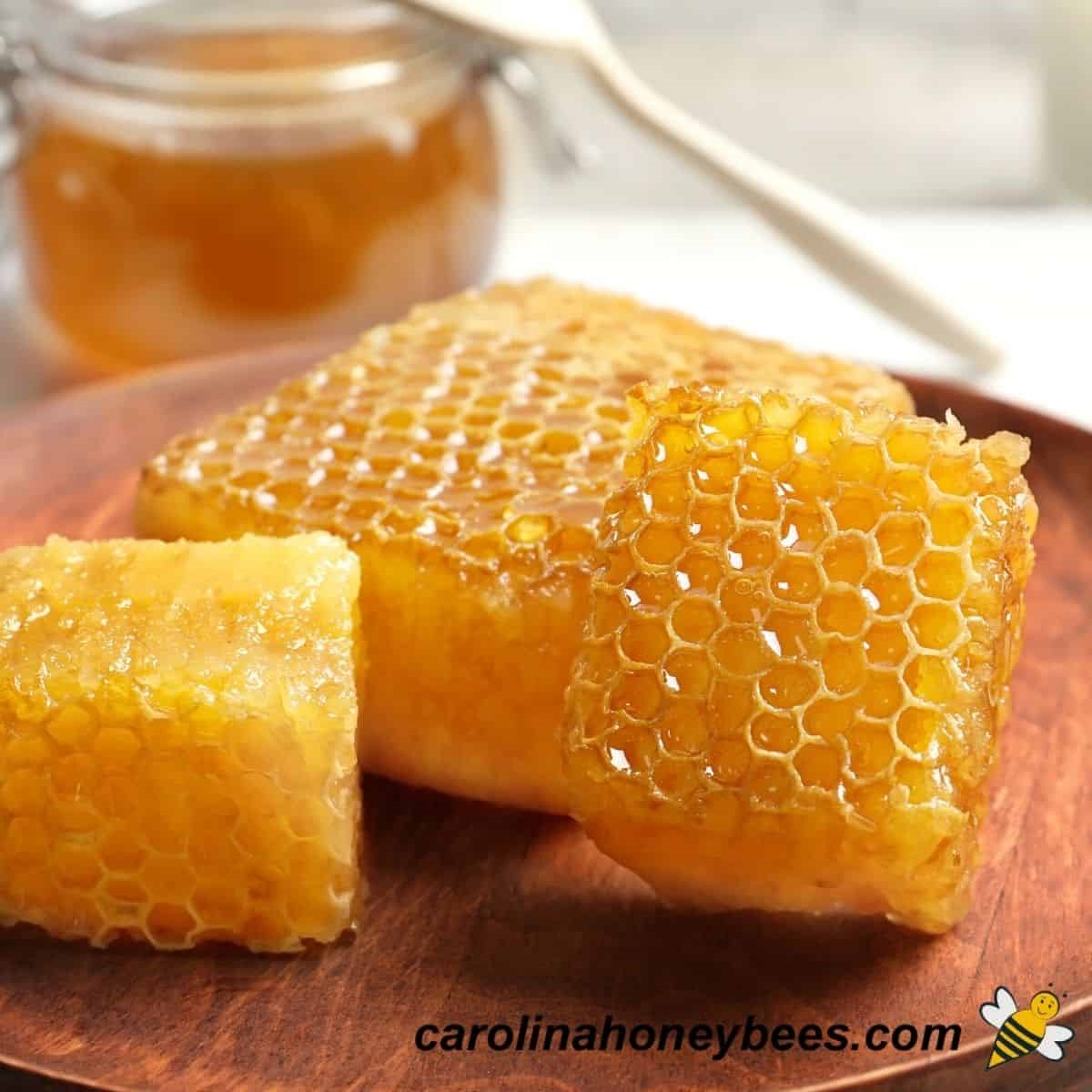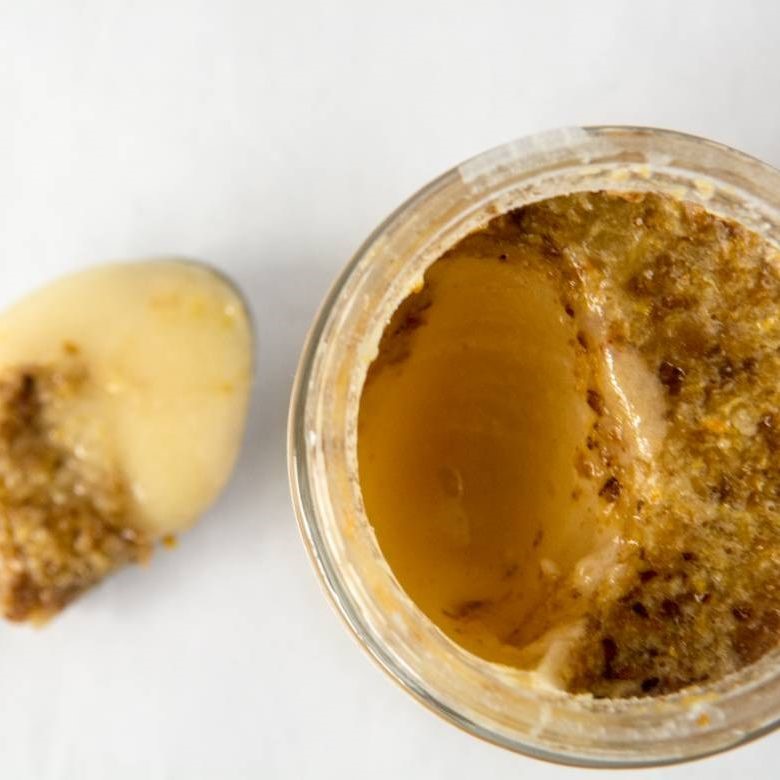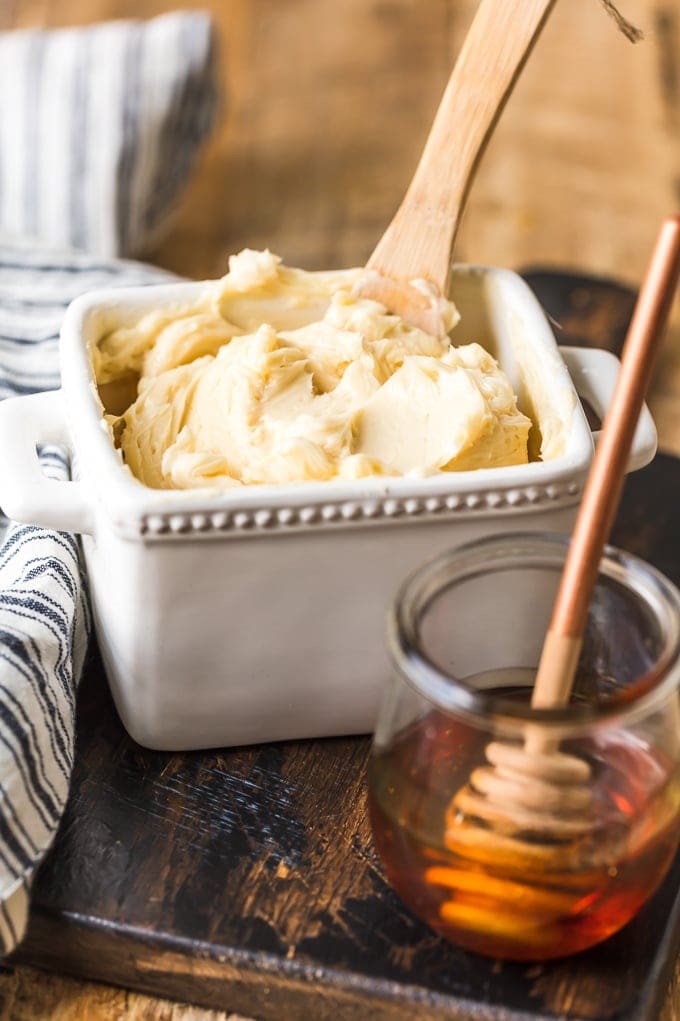No More Honey Confusion!
The subject of raw honey is hotly debated. Everyone seems to have their own interpretation of the term "raw” honey. Some say it's "unprocessed" honey. Some say it's "unheated" honey.

Then there are some others that say it's got to be unstrained, crystallized and have "dead bees, propolis and beeswax" still floating in the honey and they call that "Really Raw Honey." It’s so confusing.
After researching this topic, here are clarifications that are common to many bee-keeper websites. In other words, what I share here seems to be the most widely accepted idea of what pure “raw honey” is.
Only true 100% Raw, unprocessed Natural Honey has to come directly from the hive in the form of comb honey, packaged and sealed by the honeybees themselves!

Because, any honey you see in a jar has been extracted, therefore by definition, it has been processed in some way. Those keepers that promote their honey as raw carefully extract, coarsely strain, then bottle raw liquid honey without changing anything about it, leaving all the goodness the bees put into it for the customer to enjoy.
Unstrained Honey still has all the wax bits and other hive debris left from the extraction process. This honey is sometimes sold as "really raw honey" (there’s even a brand by that name, and I have some in my pantry, even as we speak). It is often sold crystallized in the jar after the wax bits have floated to the top and chunks of propolis have sunk to the bottom. Since big chunks of wax and propolis offer nothing to the beneficial factors of fresh raw honey, most producers of raw honey strain these out of their honey, making it liquid and more palatable.

So the bottom line? All pure honey that is sold by careful and reputable apiaries is unheated, unfiltered, and is pure, wholesome and "Absolutely Raw."
But what about “hard” and “creamed” honey? All pure raw honey will naturally crystallize in time. “Hard” and “creamed” honey are the same thing and are 100% pure raw honey that has been allowed to crystallize very finely by a cold process which keeps it soft and spreadable over time. It is very popular in Europe and is gaining popularity here in America. If you’ve tried it, then you know it is easier to use and less messy. The idea behind producing “hard” or “creamed” honey is that if it’s less messy, more versatile, and easier to use, we will likely use more.

16 ounces of pure raw honey is averaging about $1.25 an ounce, or around $20 a jar right now. This may seem expensive, but when you think of how healthy pure honey is, and that it keeps almost forever (when properly stored), it’s still a great buy. With honey, a little goes a long way, as well.
One of our favorite uses for honey is to make our own honey butter. I’ll soften 1 cup of butter, add about 3/4 cup honey, and beat until creamy and smooth. I’m drooling, just thinking about this. And this is the time of year to look into stocking honey—think of all that hot, homemade bread you’ll be making this winter—slices are just begging for your own honey butter!

And now that the confusion is cleared up, focus on buying pure honey. Buying it local is always best, and if you can find a local beekeeper, you’ve scored. However, if you’re unsure of where to find a local apiary, then check out the website for the National Honey Board. They have a locator feature that will help you find sources of honey near you (www.honey.com/honey-locator).

Then there are some others that say it's got to be unstrained, crystallized and have "dead bees, propolis and beeswax" still floating in the honey and they call that "Really Raw Honey." It’s so confusing.
After researching this topic, here are clarifications that are common to many bee-keeper websites. In other words, what I share here seems to be the most widely accepted idea of what pure “raw honey” is.
Only true 100% Raw, unprocessed Natural Honey has to come directly from the hive in the form of comb honey, packaged and sealed by the honeybees themselves!

Because, any honey you see in a jar has been extracted, therefore by definition, it has been processed in some way. Those keepers that promote their honey as raw carefully extract, coarsely strain, then bottle raw liquid honey without changing anything about it, leaving all the goodness the bees put into it for the customer to enjoy.
Unstrained Honey still has all the wax bits and other hive debris left from the extraction process. This honey is sometimes sold as "really raw honey" (there’s even a brand by that name, and I have some in my pantry, even as we speak). It is often sold crystallized in the jar after the wax bits have floated to the top and chunks of propolis have sunk to the bottom. Since big chunks of wax and propolis offer nothing to the beneficial factors of fresh raw honey, most producers of raw honey strain these out of their honey, making it liquid and more palatable.

So the bottom line? All pure honey that is sold by careful and reputable apiaries is unheated, unfiltered, and is pure, wholesome and "Absolutely Raw."
But what about “hard” and “creamed” honey? All pure raw honey will naturally crystallize in time. “Hard” and “creamed” honey are the same thing and are 100% pure raw honey that has been allowed to crystallize very finely by a cold process which keeps it soft and spreadable over time. It is very popular in Europe and is gaining popularity here in America. If you’ve tried it, then you know it is easier to use and less messy. The idea behind producing “hard” or “creamed” honey is that if it’s less messy, more versatile, and easier to use, we will likely use more.

16 ounces of pure raw honey is averaging about $1.25 an ounce, or around $20 a jar right now. This may seem expensive, but when you think of how healthy pure honey is, and that it keeps almost forever (when properly stored), it’s still a great buy. With honey, a little goes a long way, as well.
One of our favorite uses for honey is to make our own honey butter. I’ll soften 1 cup of butter, add about 3/4 cup honey, and beat until creamy and smooth. I’m drooling, just thinking about this. And this is the time of year to look into stocking honey—think of all that hot, homemade bread you’ll be making this winter—slices are just begging for your own honey butter!

And now that the confusion is cleared up, focus on buying pure honey. Buying it local is always best, and if you can find a local beekeeper, you’ve scored. However, if you’re unsure of where to find a local apiary, then check out the website for the National Honey Board. They have a locator feature that will help you find sources of honey near you (www.honey.com/honey-locator).
 Alice Osborne
Alice Osborne
Weekly Newsletter Contributor since 2006
Email the author! alice@dvo.com
